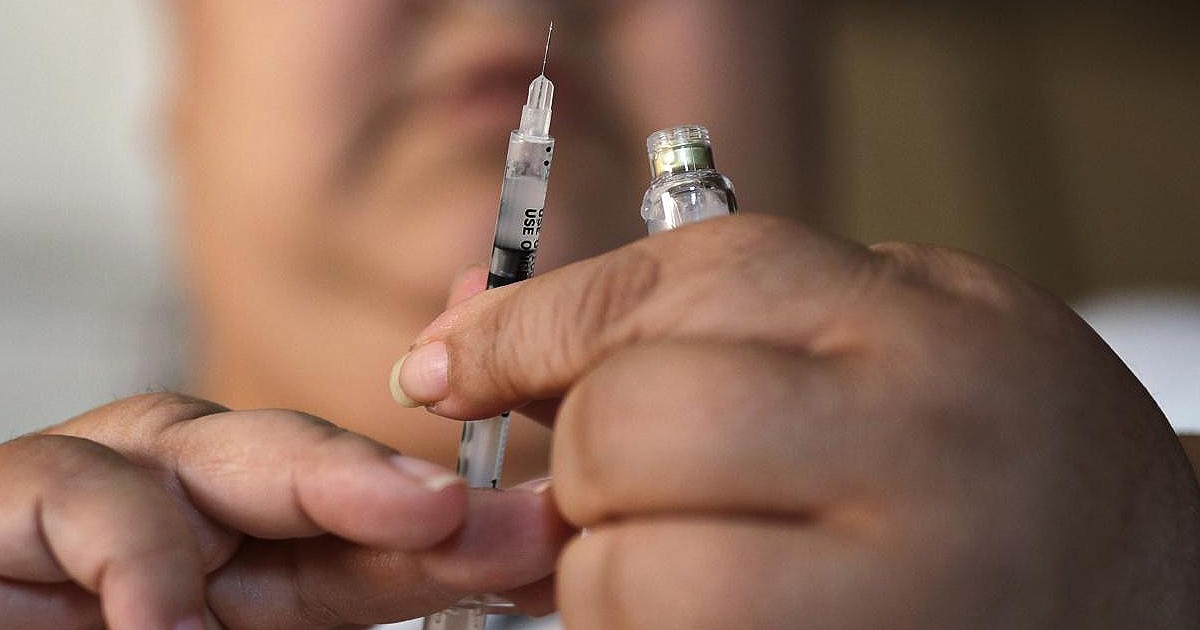During the pandemic Of COVID-19 there has been a significant increase in cases of type 1 diabetes in the children and in the teenagers. This is what emerges from an international study published on JAMA Network Open. The research, conducted on over 38,000 young peoplepooled data from 17 previous studies and found that the incidence of type 1 diabetes in children and adolescents under the age of 19 was about 14% higher in 2020, the first year of the pandemic, compared to the previous year. The incidence rate increased even more in the second year of the pandemic, with an increase of 27% compared to 2019.
“The values we found were much higher than we expected,” he said Rayzel Shulmansenior author and pediatric endocrinologist at the SickKids Research Institute of Toronto, Canada. Before COVID-19, the incidence of type 1 diabetes in children was growing at a steady rate of about 2-4% per year. “Now, all of a sudden, we’ve seen a tenfold increase,” he said Clemens Kamrathdiabetes researcher at the Justus Liebig University of Giessen, Germany. “It is a indicative jumpto a scale and at a speed that was never thought possible,” continued Kamrath.
Type 1 diabetes occurs when the immune system of the organism attacks the cells of the pancreas which produce theinsulin, which regulates blood sugar levels. As a result, blood glucose levels can fluctuate dangerously. In the long run, this can damage blood vessels, and may result blindnesskidney failure, heart attacks or nerve damage which, in the worst cases, requires the amputation of limbs. The researchers, after observing an increase in new cases in several countries in the initial phase of the pandemic, hypothesized, for the first time, that COVID-19 could be the trigger of type 1 diabetes. Other studies have also seen a surge in new diabetes diagnoses a few months after the peak of the COVID-19 wave. However, numerous searches have struggled to find evidence that the SARS-CoV-2 was triggering the wave of diabetes or substantially damaging pancreatic cells.
Read Also
Covid, here is the new variant of the virus under observation by the WHO: it is called EG.5
Shulman and his colleagues limited their analysis to studies done twelve months before and during the pandemic. Additionally, the researchers included only those who reported the size of the population studied, not just the number of cases, in the study. In addition to confirming that the incidence of type 1 diabetes in children increased during the first two years of the pandemic, the scientists also found that the pandemic disrupted the seasonality of childhood type 1 diabetes. Usually, indeed, the disease follows clear seasonal patterns, with higher rates of new cases in the winter than in the summer months. By contrast, the research team was unable to analyze the flows type 2 diabetes in children, because there weren’t enough studies with enough data.
Type 2 diabetes develops when the pancreas doesn’t produce enough insulin and the body stops responding to it. L’inactivity and theobesity are risk factors. There meta-analysis showed that children diagnosed with type 1 diabetes tended to present more severe forms of diabetes during the pandemic than in the past. The incidence of diabetic ketoacidosisa life-threatening complication of new-onset type 1 diabetes, increased by 26% from 2019 to 2020, likely because people were hesitant or unable to get a emergency room when the first symptoms appear. Diabetic ketoacidosis is preventable but, when it does occur, it has long-lasting effects. “This is actually one of the most important findings of this study,” Shulman said. “It is not yet clear what triggered the sudden increase in diabetes and how long this trend might persist,” Shulman continued. “The most likely explanation is that the immune system’s attack on the pancreas is triggered by a COVID-19 infection, which also happens with other infections, such as enterovirus and hepatitis B,” he said Sathish Thirunavukkarasuan epidemiologist who studies diabetes alla Emory University of Atlanta, Georgia.
“It is possible that the pandemic has accelerated the onset of type 1 diabetes in children already at risk or that, for unknown reasons, more children are developing theautoimmunity compared to before the pandemic,” Shulman said. “Isolation and physical distancing may have reduced the children’s exposure to respiratory viruses other than COVID-19 by inadvertently eliminating an unknown protective effect,” Shulman said. “Longer-term studies are needed to see if the incidence stabilizes, decreases or increases further,” Thirunavukkarasu concluded.
by Lucrezia Parpaglioni
